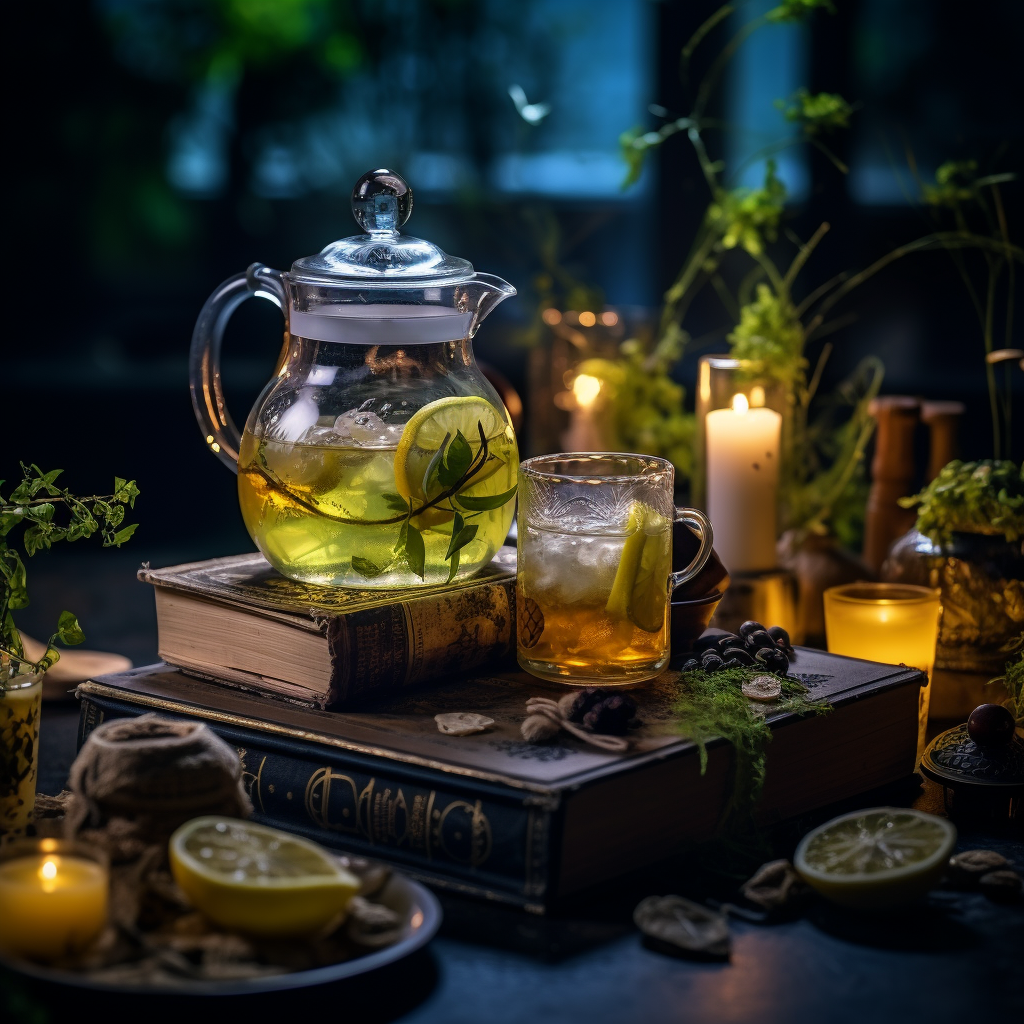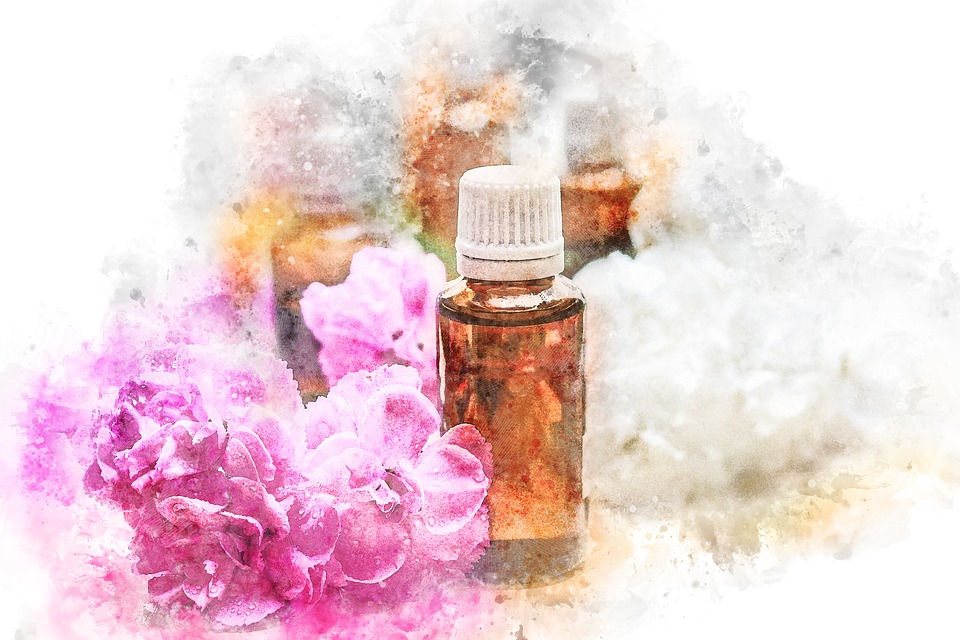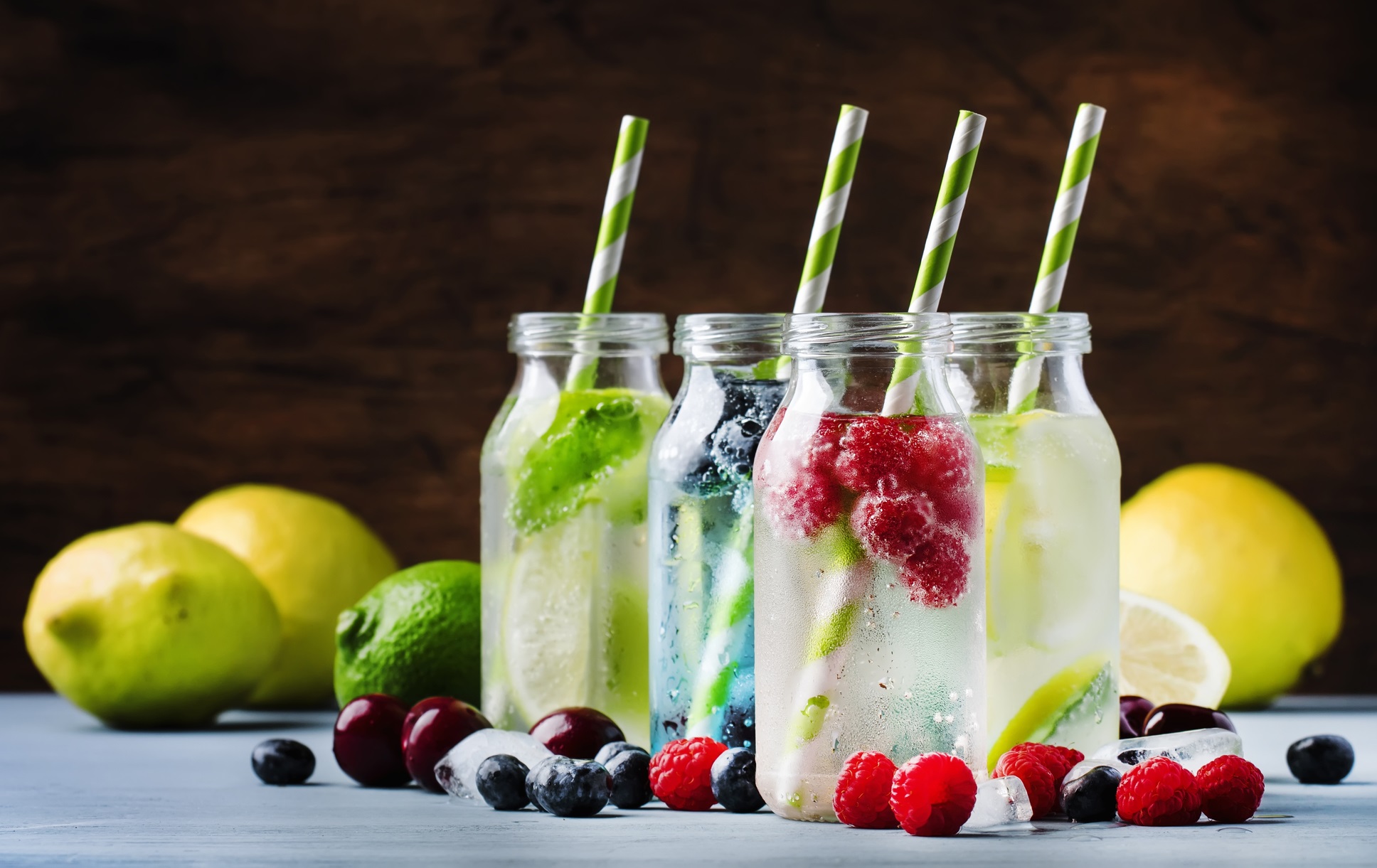Tea has been cherished for centuries across the globe, captivating and uniting cultures through its aromatic flavors and comforting rituals. From elegant ceremonies to casual afternoon gatherings, tea traditions offer a fascinating glimpse into the customs and heritage of different countries. In this article, we embark on a delightful exploration of tea cultures and traditions in diverse corners of the world, including the Japanese tea ceremony, British afternoon tea, Moroccan mint tea, Chinese tea ceremonies, and Indian chai.
- The Japanese Tea Ceremony: Deeply rooted in Zen Buddhism, the Japanese tea ceremony, or chanoyu, is a mesmerizing art form that embodies grace, harmony, and mindfulness. Participants engage in a meticulously choreographed ritual, where the preparation, presentation, and consumption of powdered green tea, known as matcha, take center stage. The ceremony fosters a sense of tranquility, emphasizing respect, simplicity, and the appreciation of nature.
- British Afternoon Tea: Steeped in elegance and tradition, British afternoon tea is an iconic ritual that dates back to the 19th century. This delightful occasion involves sipping tea from fine bone china teacups, accompanied by a selection of dainty sandwiches, scones with clotted cream and jam, and an array of delectable pastries. The atmosphere is refined and sophisticated, allowing friends and acquaintances to engage in leisurely conversations while indulging in the pleasures of tea and delicacies.
- Moroccan Mint Tea: In the vibrant streets of Morocco, the aroma of fresh mint fills the air as tea becomes a symbol of hospitality and friendship. Moroccan mint tea, also known as Maghrebi tea or Touareg tea, is a sweetened green tea infused with sprigs of spearmint. The preparation involves a captivating pouring technique from a beautiful teapot into small glasses, creating a frothy and aromatic experience. Served with warmth and genuine hospitality, this tea is a staple in Moroccan culture.
- Chinese Tea Ceremonies: China, the birthplace of tea, has a rich heritage of tea ceremonies that vary across different regions. From the formal Gongfu Cha in Fujian province to the tranquil and meditative Cha Dao in Buddhist temples, Chinese tea ceremonies emphasize precision, grace, and the appreciation of tea as a conduit for spiritual connection. Tea masters skillfully brew and pour tea, utilizing specific teaware and employing distinct brewing methods to extract the best flavors from each tea leaf.
- Indian Chai: India’s love affair with tea is celebrated through its iconic beverage, chai. Bursting with aromatic spices like cardamom, cinnamon, cloves, and ginger, Indian chai offers a harmonious blend of robust black tea and flavorful spices simmered in milk and sweetened with sugar or honey. This soul-soothing elixir is enjoyed throughout the day, encouraging conversations and fostering bonds among friends and family. Chaiwallahs (tea vendors) can be found at every street corner, skillfully preparing and serving this beloved drink.
Conclusion: Tea traditions around the world provide an enchanting glimpse into the cultural fabric of different countries. From the meticulous rituals of the Japanese tea ceremony to the refined elegance of British afternoon tea, and from the warmth of Moroccan mint tea to the spiritual connection of Chinese tea ceremonies, and the soul-soothing experience of Indian chai, each tea tradition reflects a unique blend of flavors, customs, and values. Exploring these diverse tea cultures allows us to appreciate the art, history, and significance of tea in fostering connections, promoting mindfulness, and celebrating the beauty of life itself. So, grab a cup of tea, embark on this global journey, and let the world’s tea traditions transport you to new realms of taste and tradition.
























